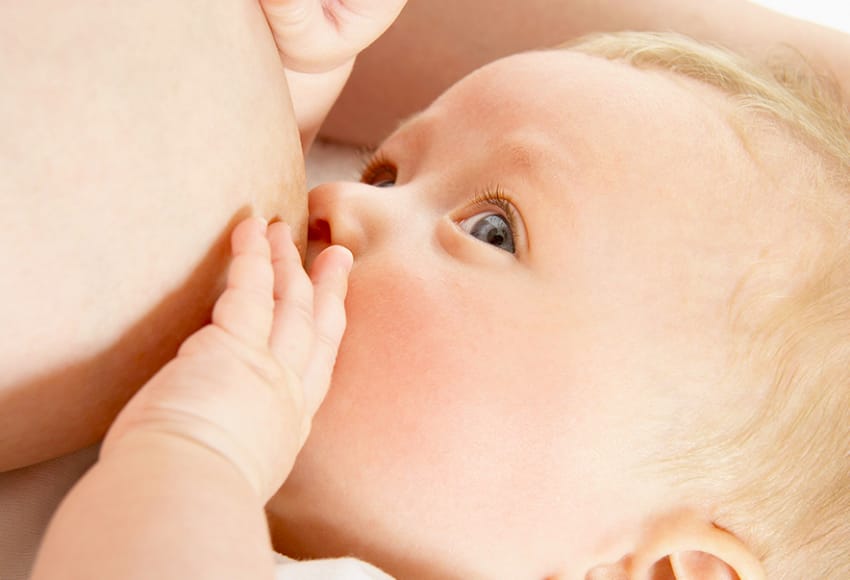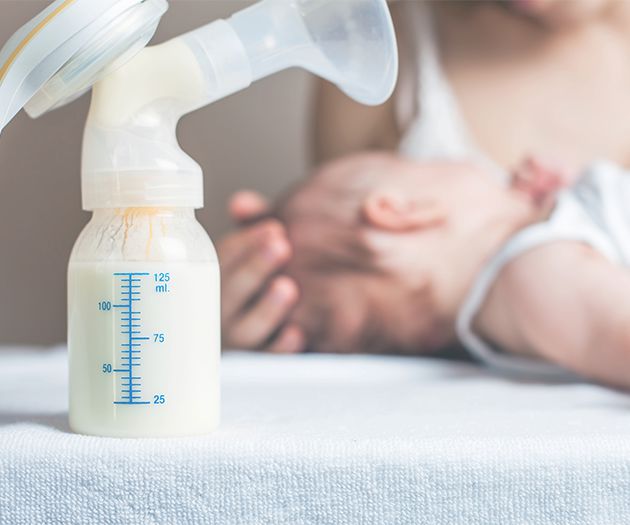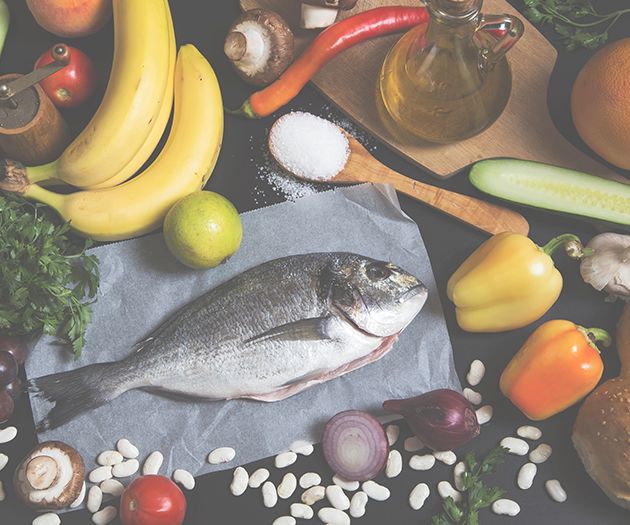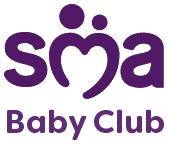At a glance
We’re going to talk about HMOs, which stand for Human Milk Oligosaccharides.
Sound complicated? They are but in a wonderful way.
HMOs in breast milk are the third most abundant component of breast milk and yet they are a fairly new scientific discovery. From what we’ve learned so far, HMOs (Human Milk Oligosaccharides) could well be the unsung hero of breast milk and one of the many reasons why it’s unique.
So, what’s so special about these HMOs?
HMOs are relatively new to the ‘breast milk research scene’, but SMA® Nutrition has been studying their unique structures for 30 years. To this day, we are still learning wonderful things about these complex carbohydrates. Yes, HMOs are carbohydrates but not any old carbohydrates. They’re far more complex and intelligent, and unlike lactose, HMOs are only found in human milk.
So far, we’ve found over 150 HMOs in breast milk1 They have a unique structure that’s completely different to other components of breast milk. Unlike fat and protein, which are digested by babies, HMOs are not broken down to provide energy, instead they live in the intestinal gut where 70% of your baby’s immune system functions. Here, they support the immune system and help to strengthen baby’s defences. What’s really fascinating is that the composition of HMOs in breast milk is individual to each and every mother and varies over the weeks and months of breastfeeding, making breastmilk a hard act to follow.2
So what exactly do these HMOs do that’s so great?
Imagine your baby’s gut as a garden. The good bacteria are flowers and the bad bacteria are weeds. HMOs fertilise the flowers and kill the weeds – leaving baby’s immune system blooming.
-
HMOs act as food for bacteria. They cleverly select only the good bacteria and not the bad.1,2
-
HMOs block bad bacteria from attaching to the gut. This stops the bad bacteria from infecting baby.1,2
-
HMOs are selective so they help balance baby’s immune systems by teaching it when to attack infection and when not to.1,2
-
HMOs help strengthen the gut barrier by preventing the bad bacteria from attaching to it.1,2
All these unique properties could be why breastfed babies have fewer infections and a stronger immune system. In fact our research indicates that breastfed babies have up to 50% fewer respiratory infections and 59% fewer gastrointestinal infections.3 **
What we’ve learned about HMOs so far is incredible but it’s really only the tip of the iceberg. We’re continuing to invest in research into these unique and complex carbohydrates to help us better understand the wonders of breast milk and how it contains everything that a baby's body needs to grow, develop, mature, and thrive.














